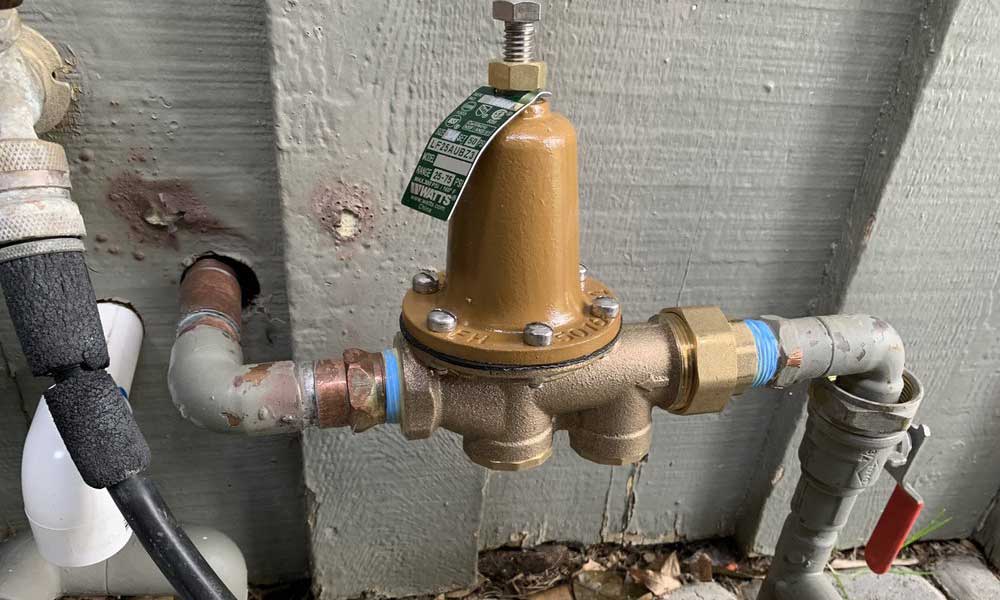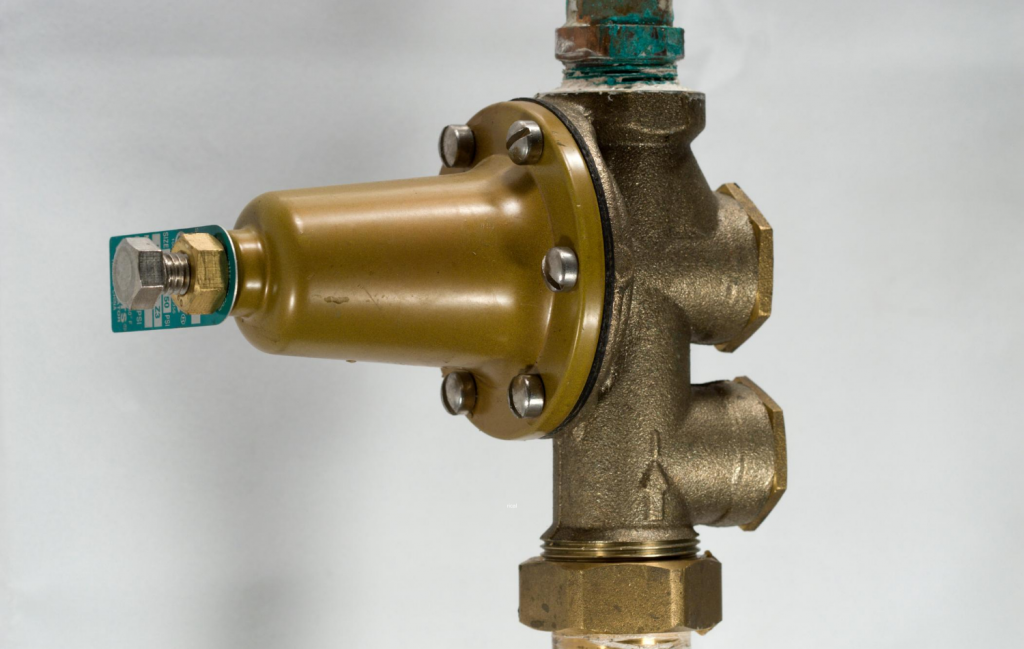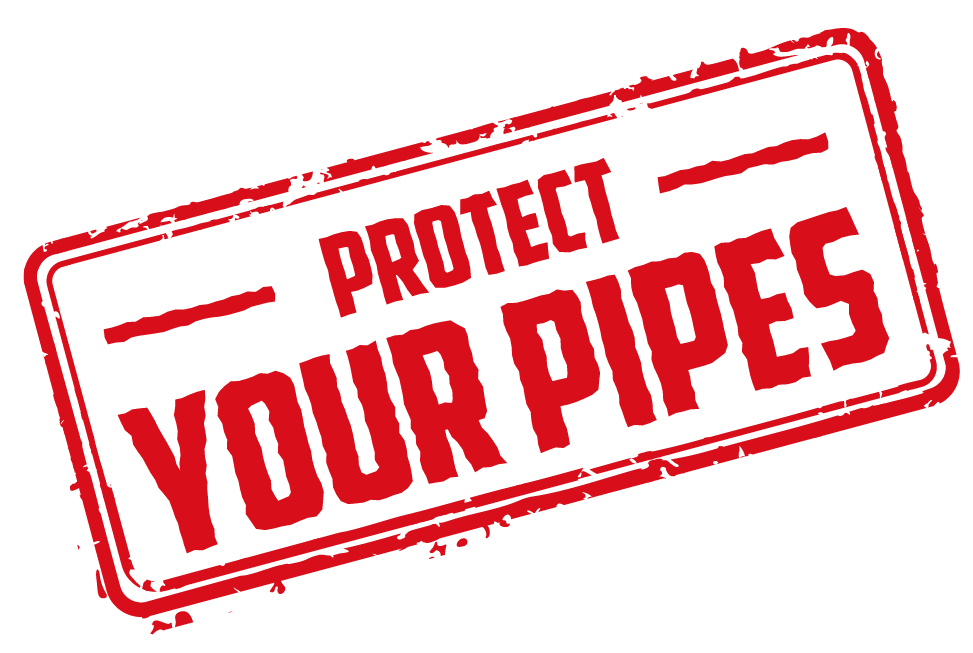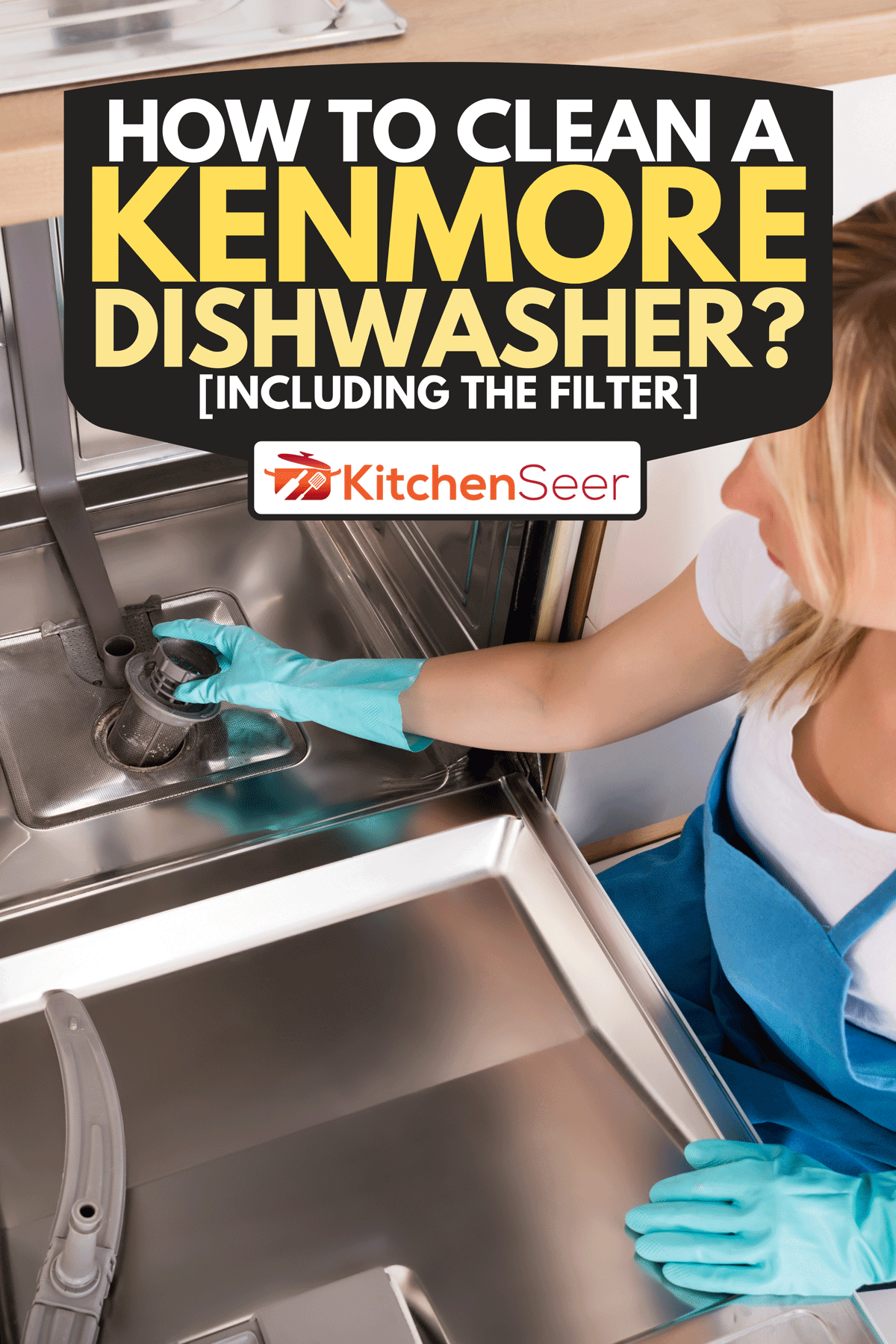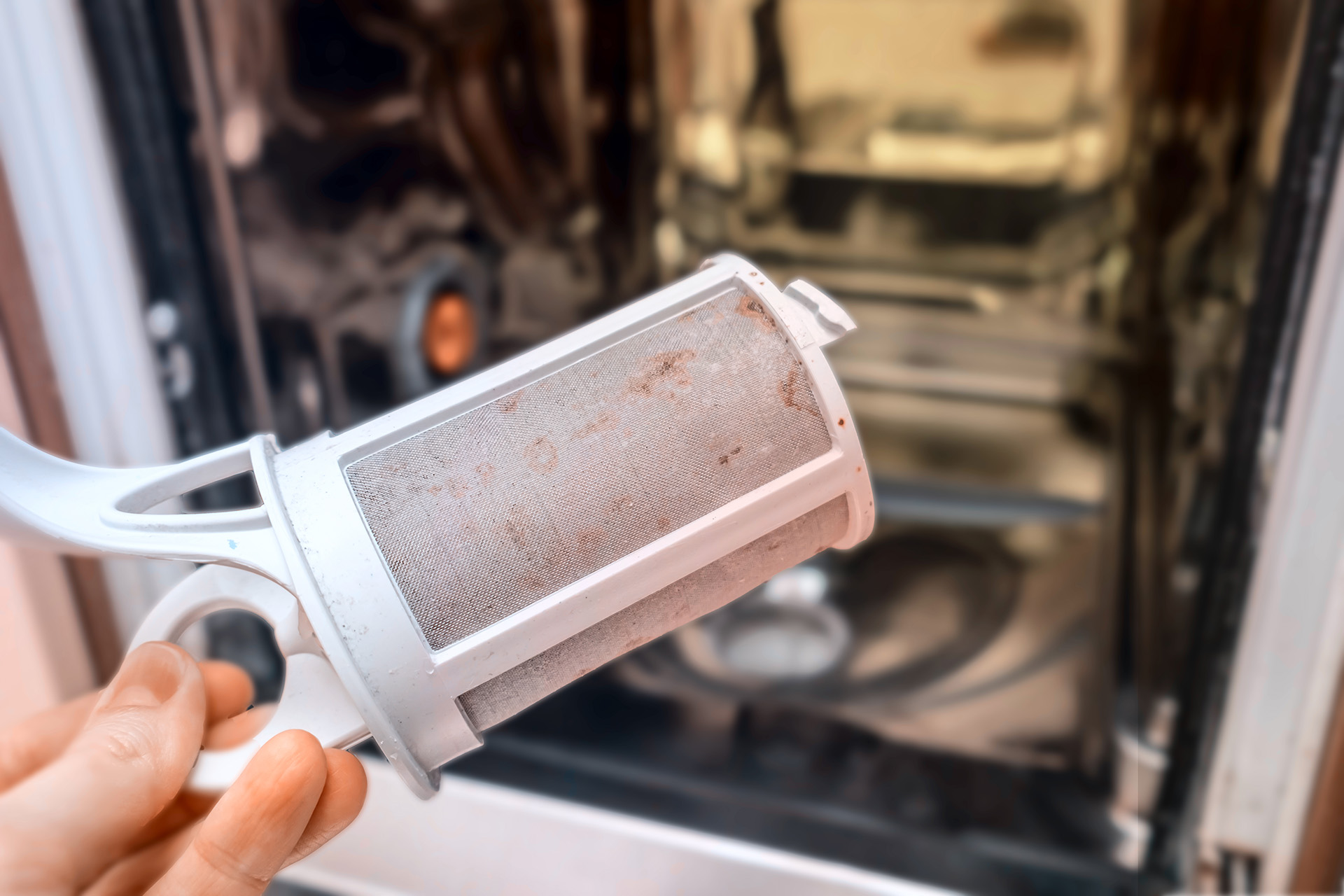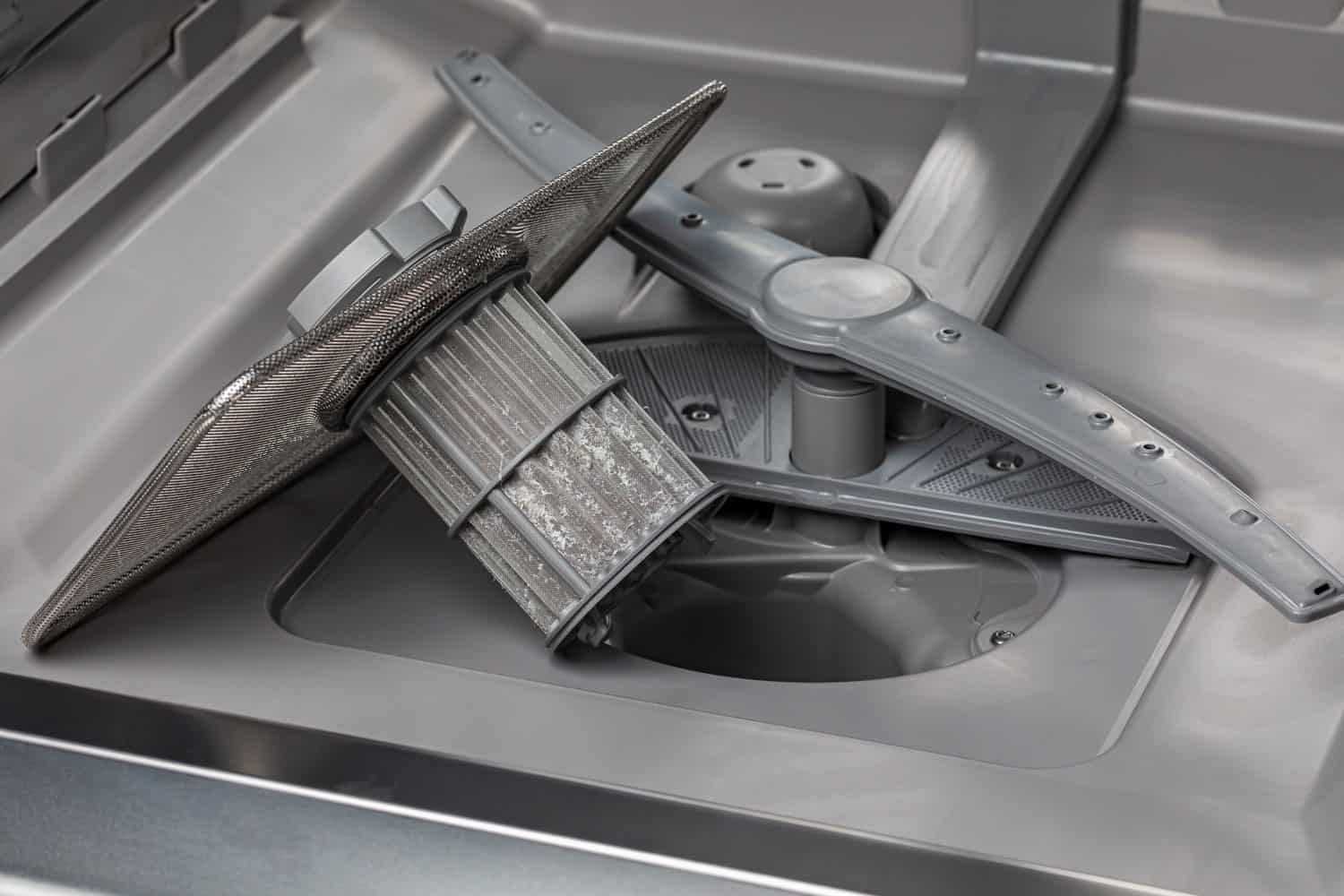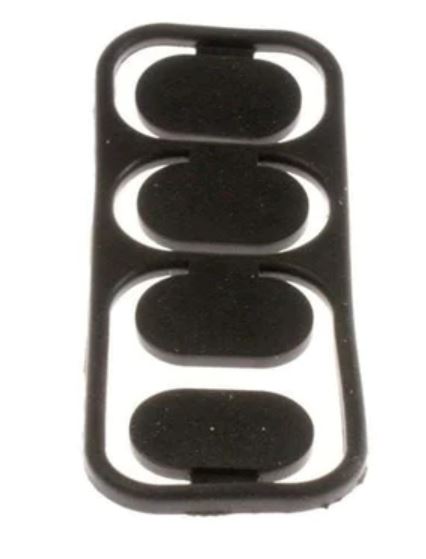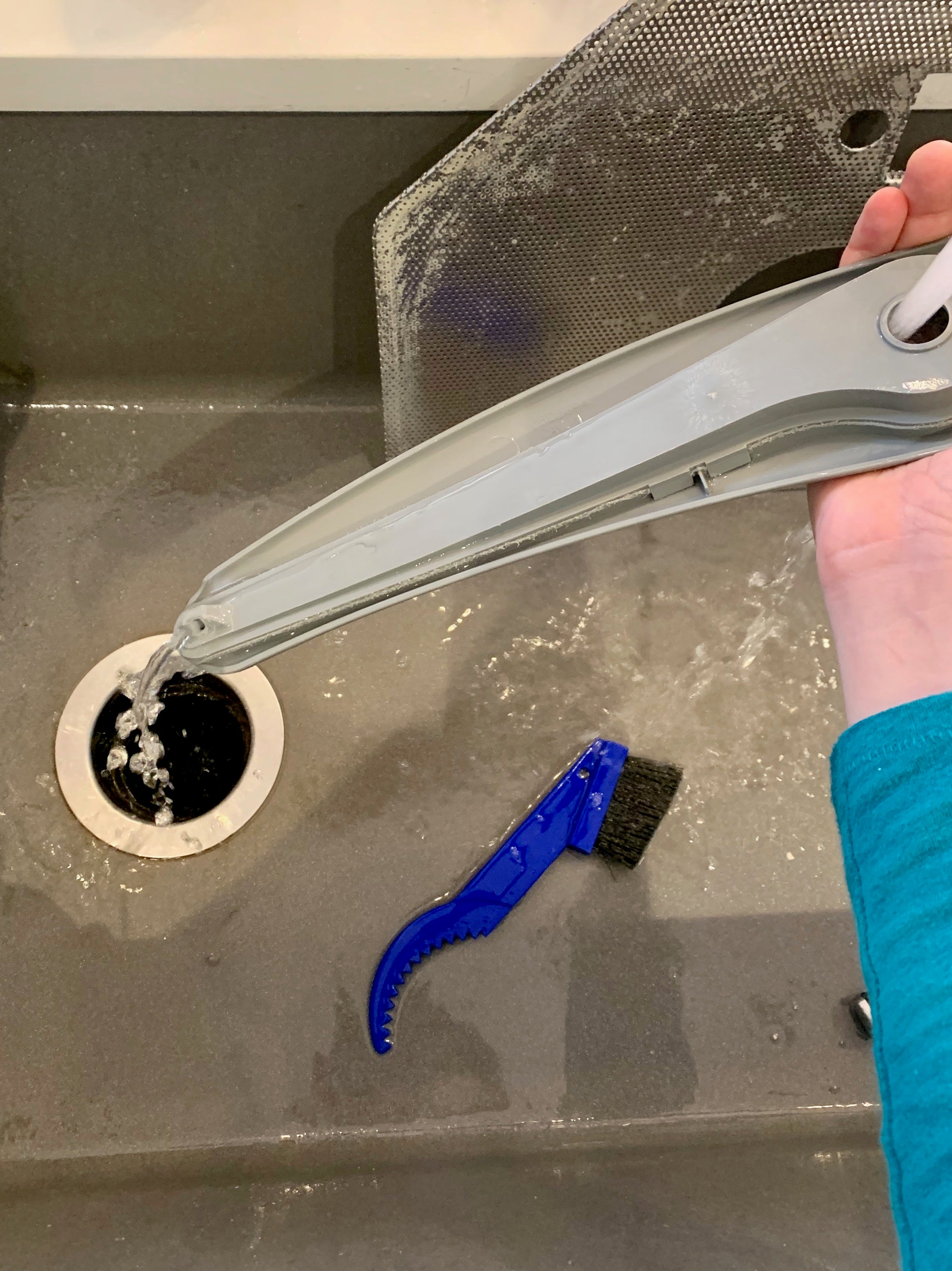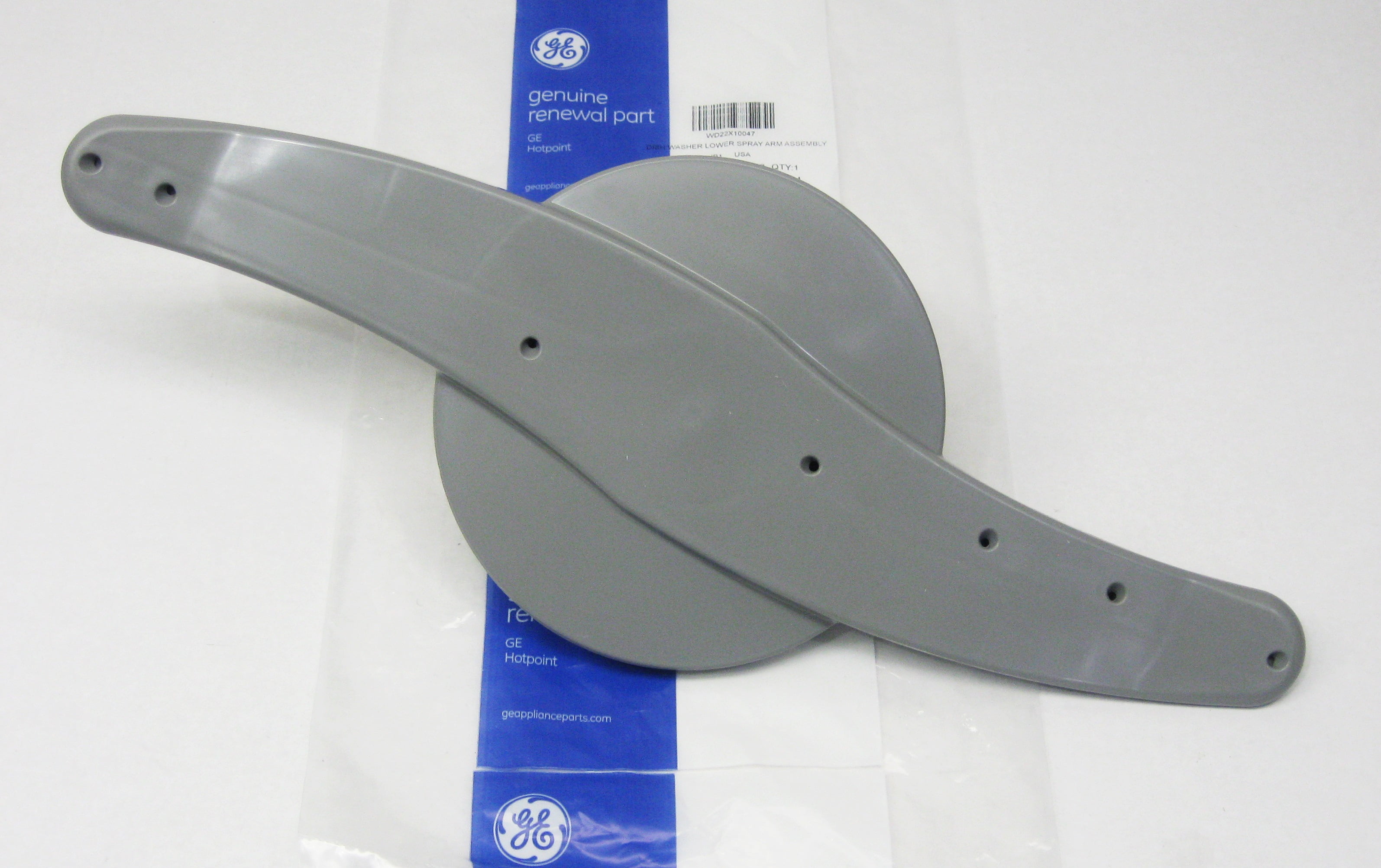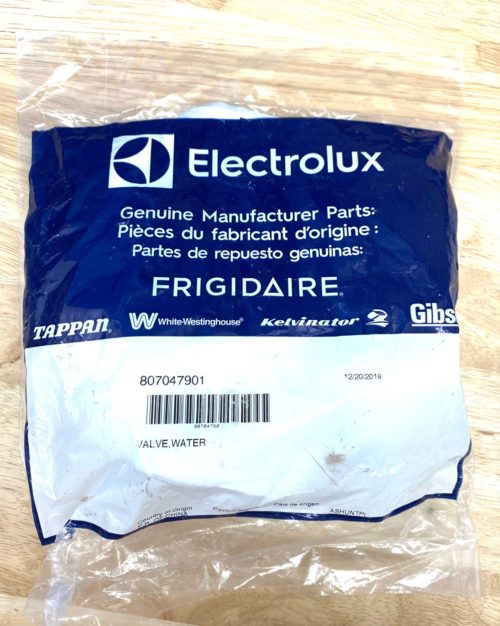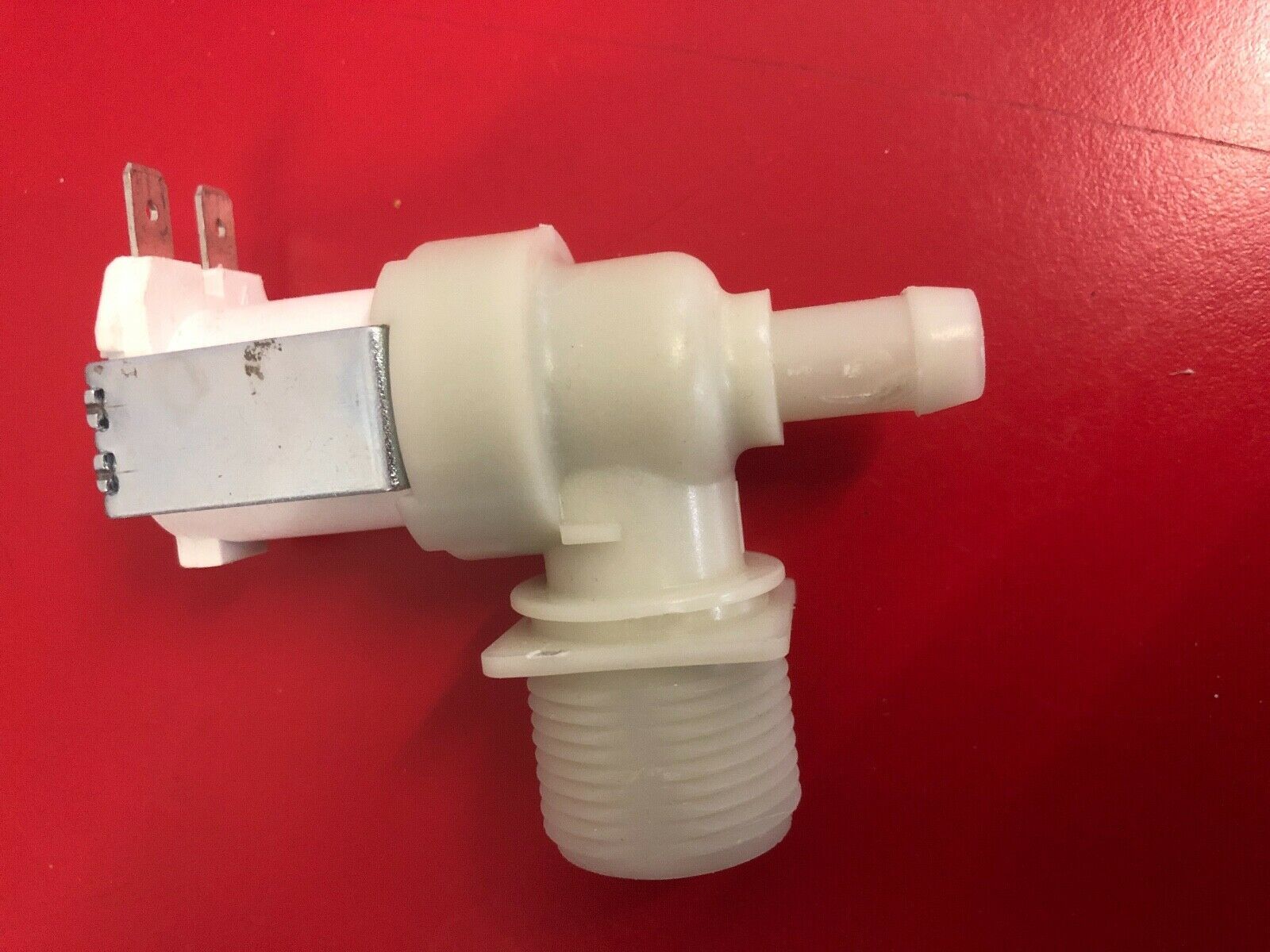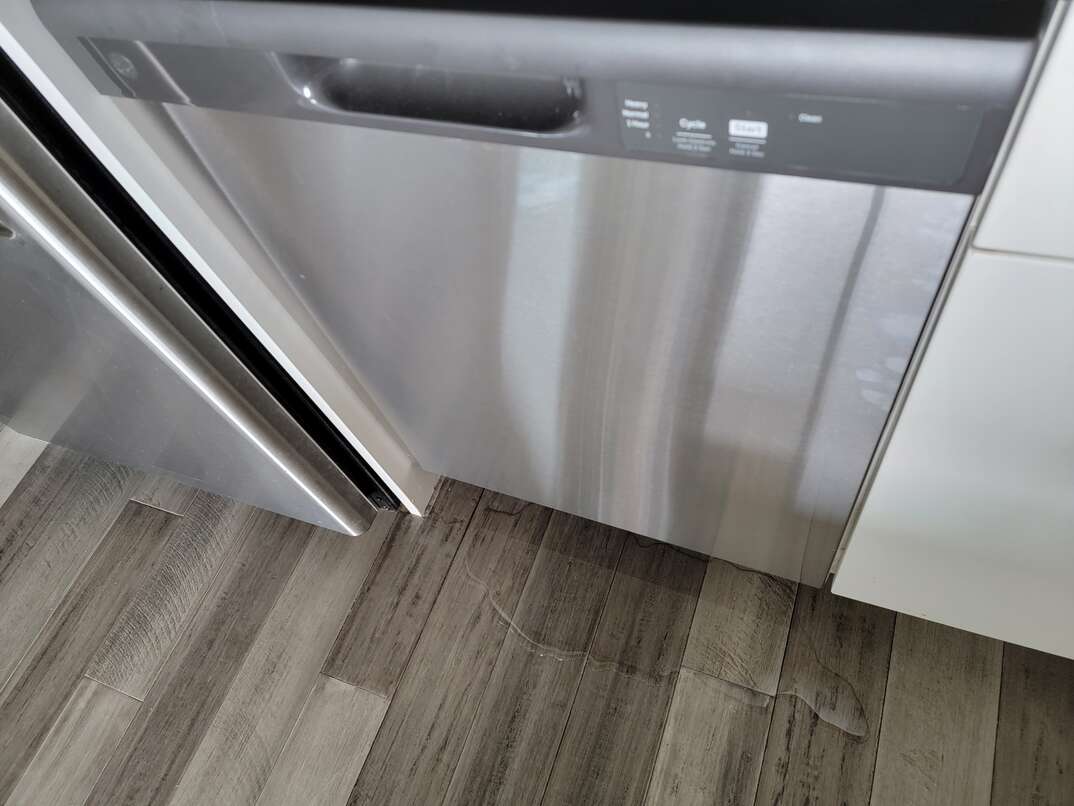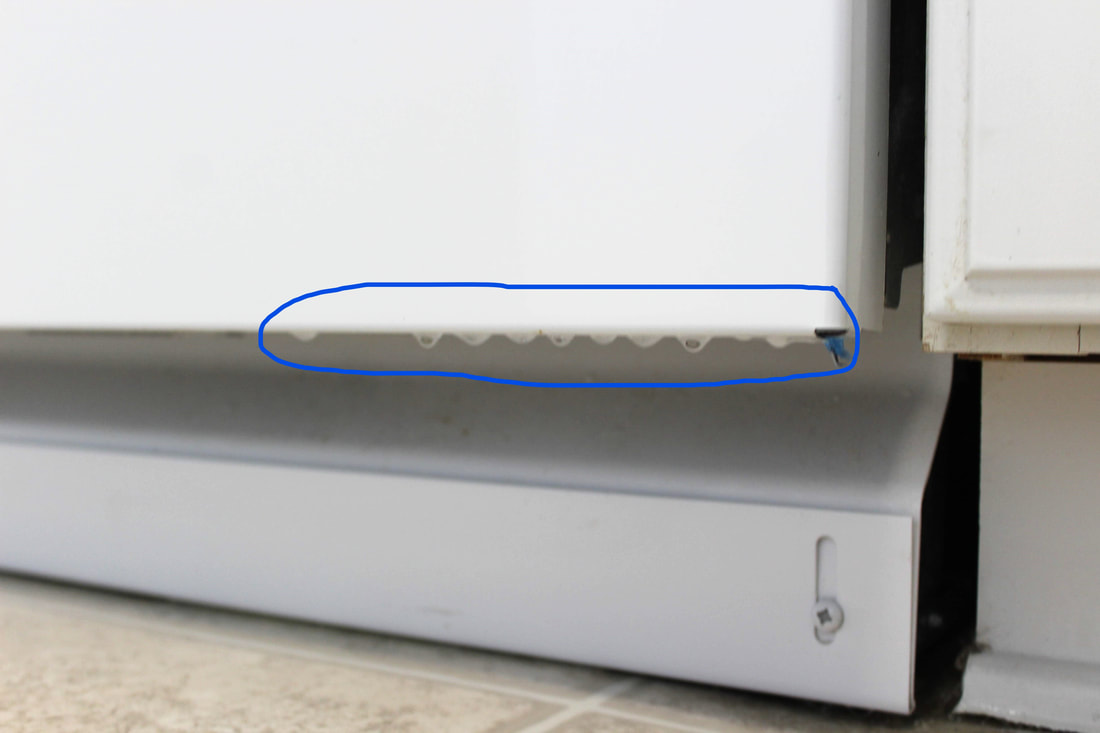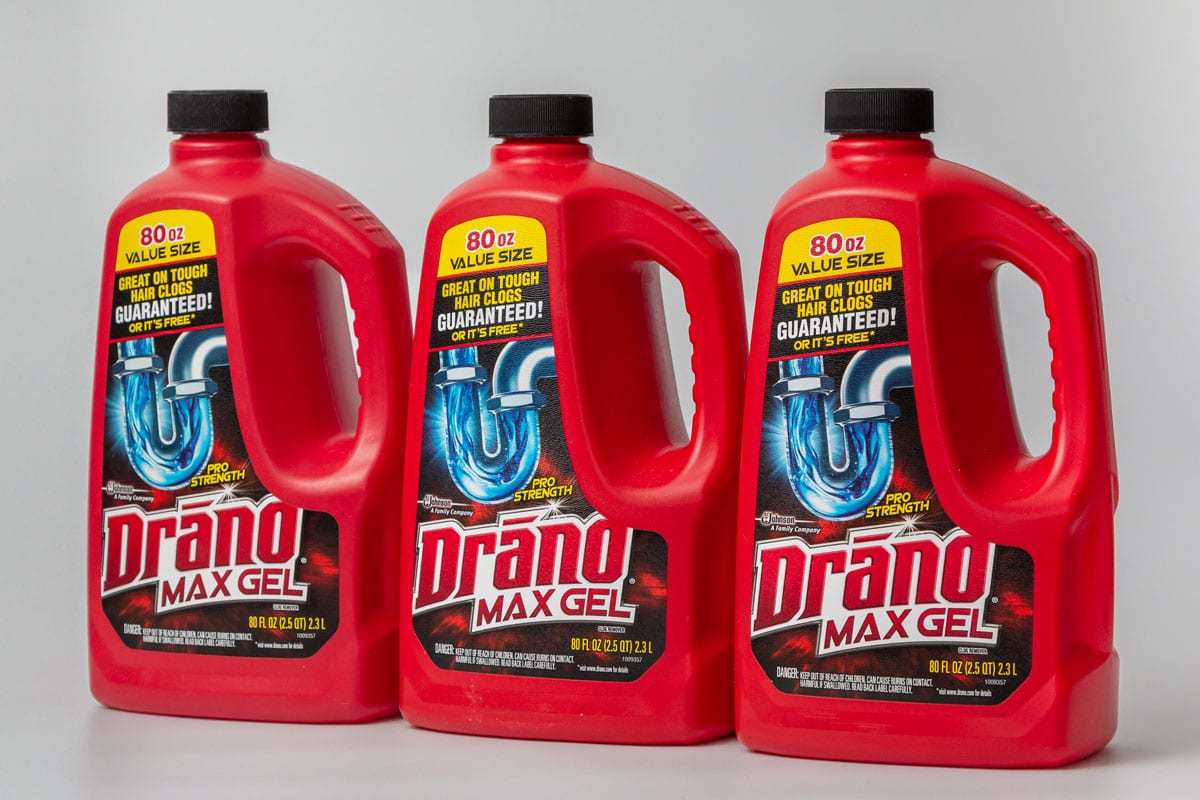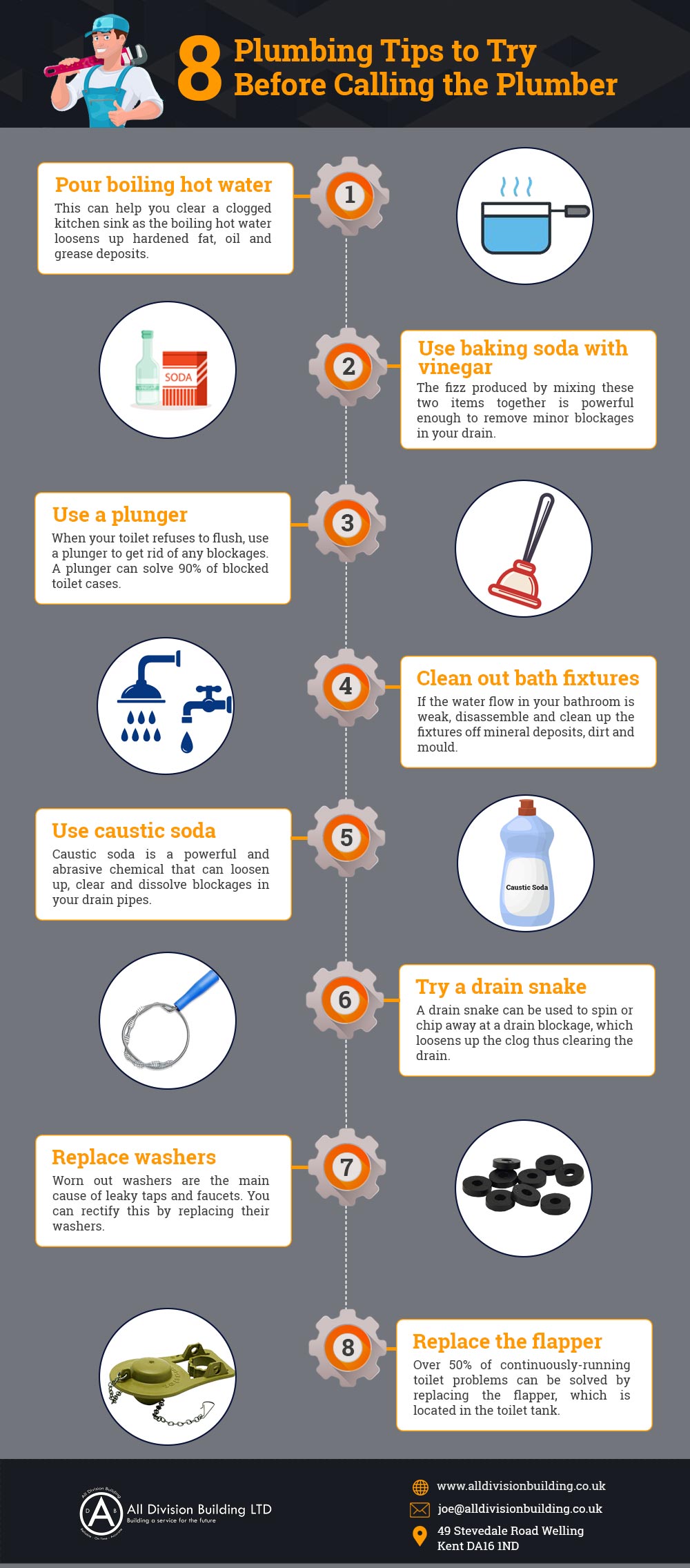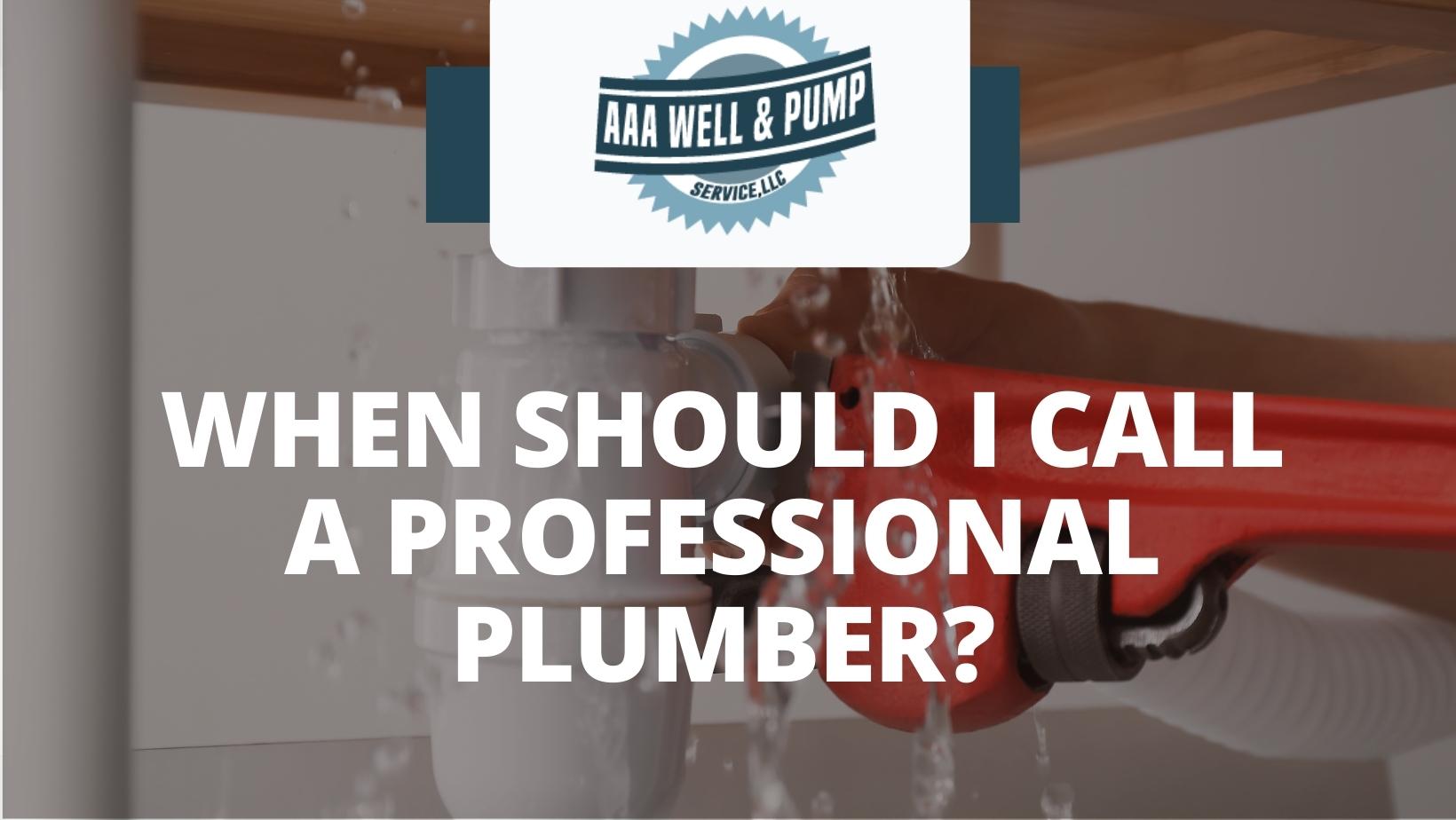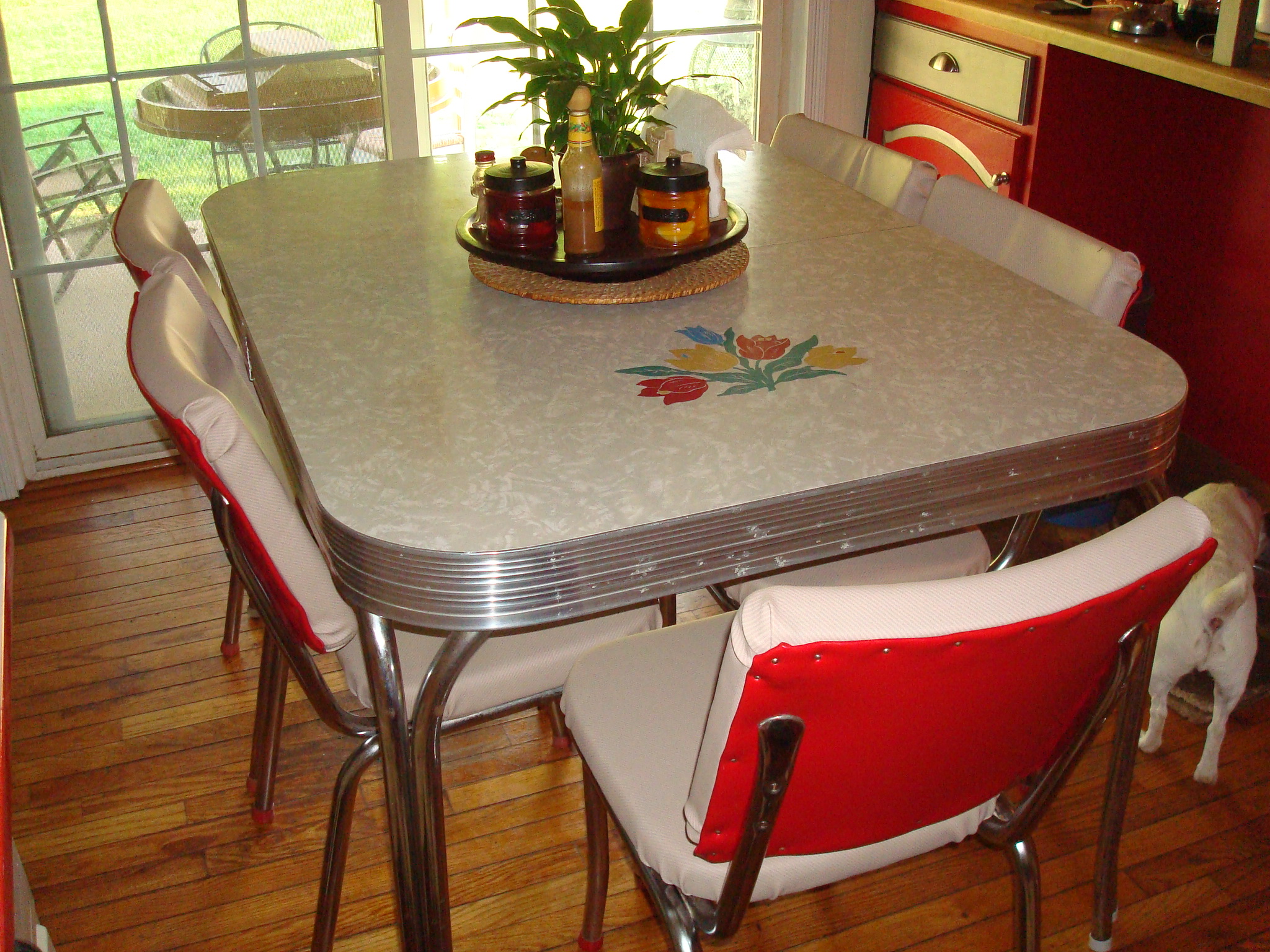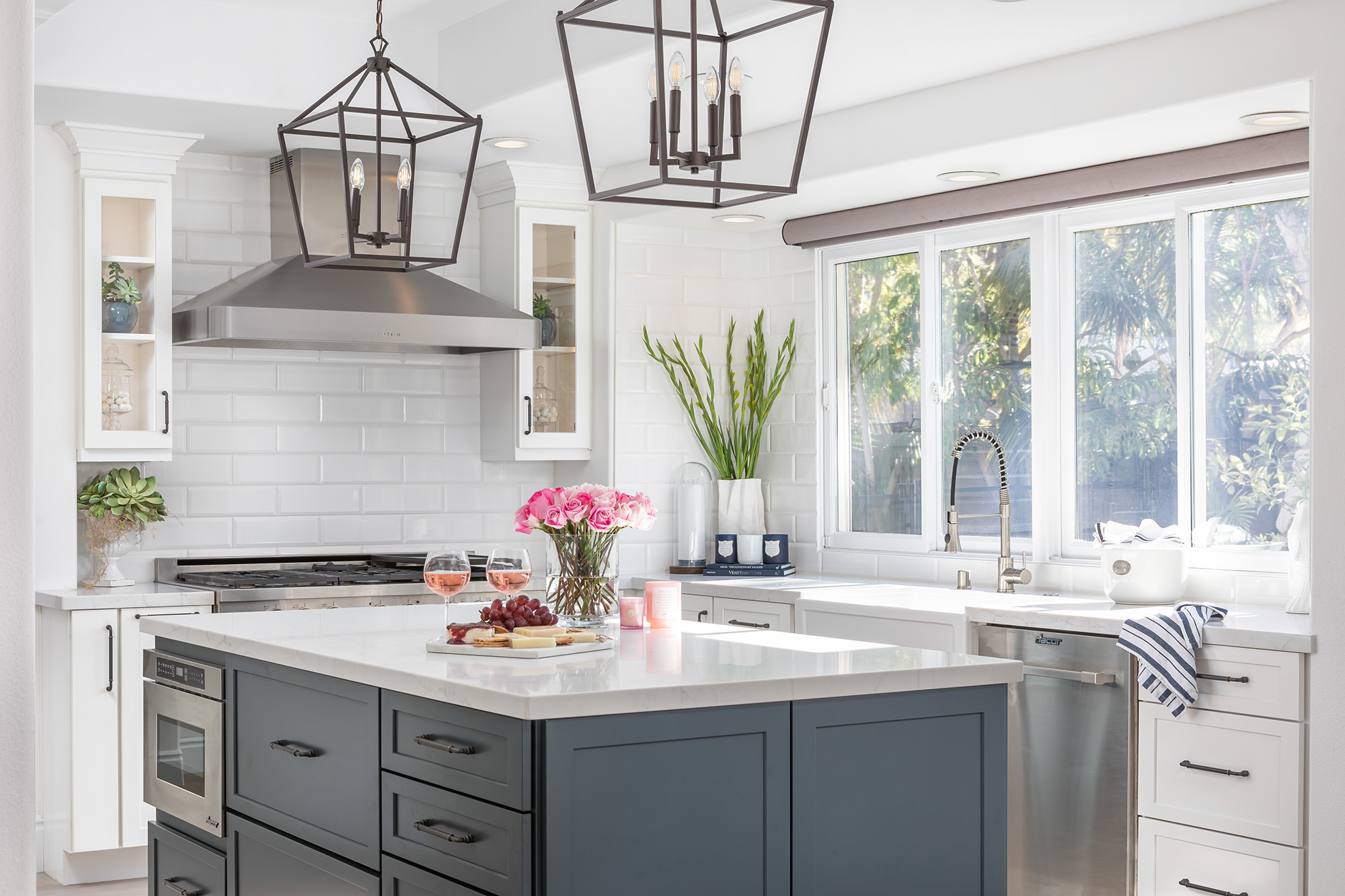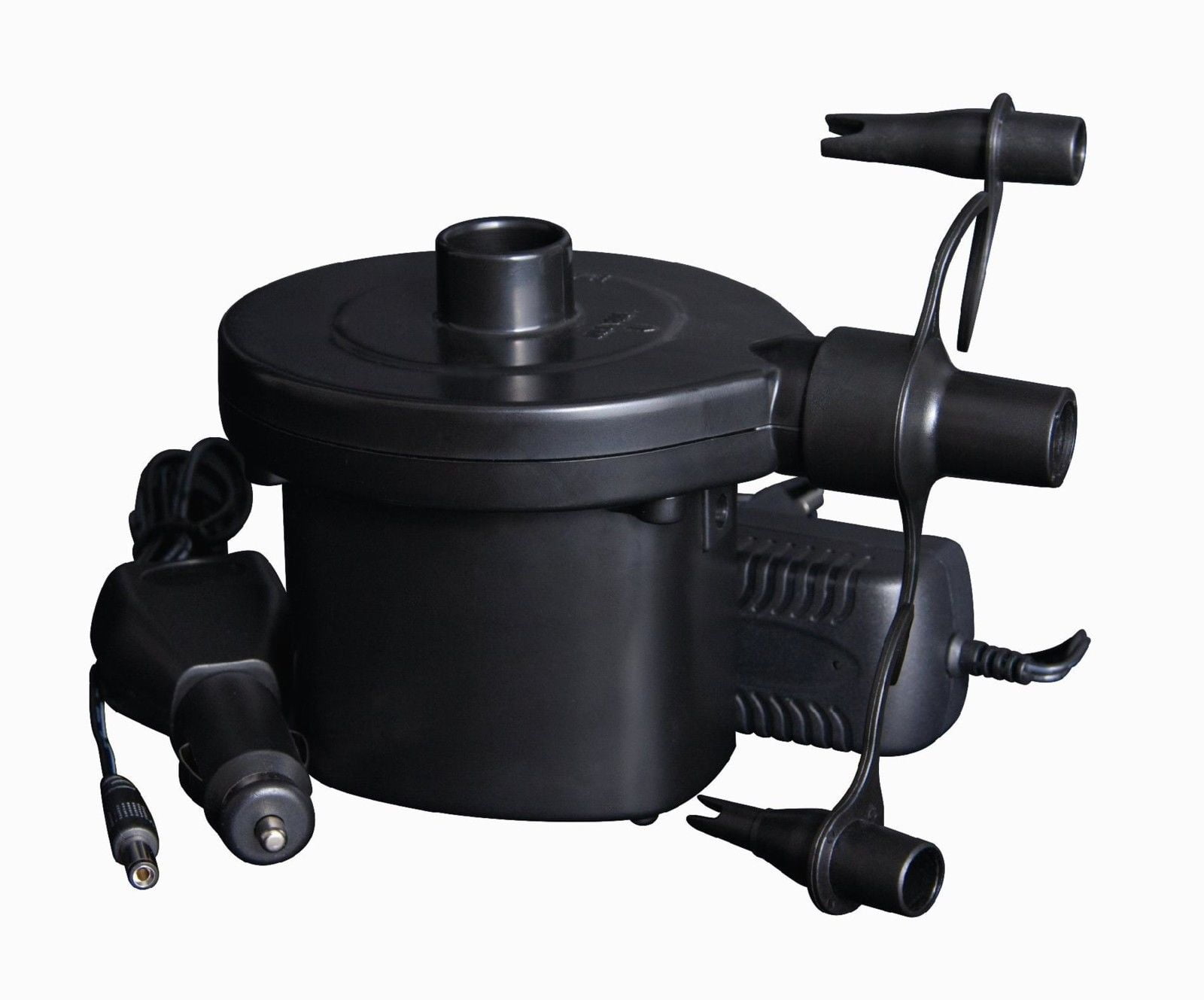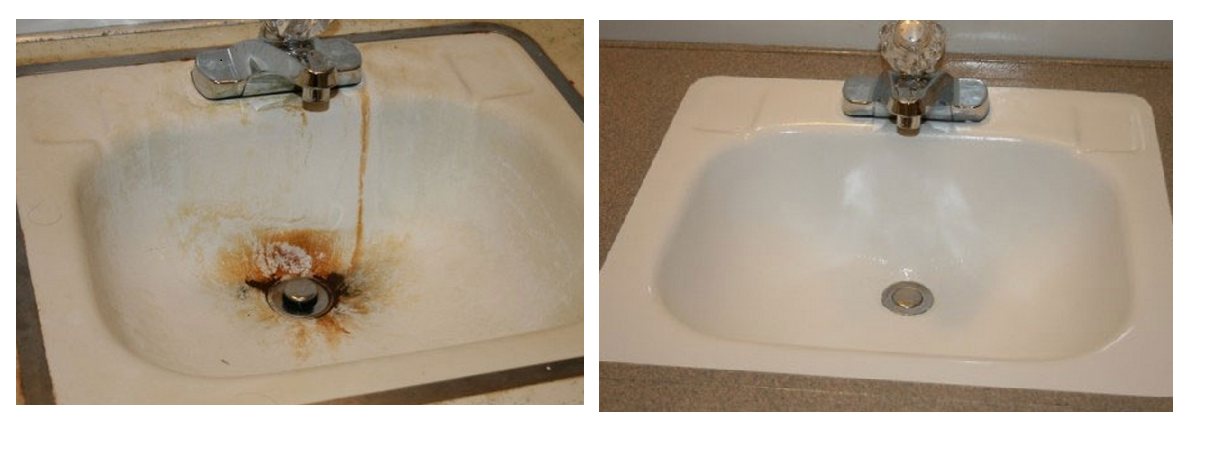If you're experiencing low water pressure in your kitchen sink and dishwasher, the first thing you should check is the aerator on the faucet. This small attachment at the end of your faucet can become clogged with mineral deposits or debris, restricting the flow of water. To check the aerator, simply unscrew it from the faucet and rinse it off. If it's still clogged, you can soak it in vinegar to break up any buildup. If the aerator is damaged, it may need to be replaced.1. Check the aerator on the faucet
If your aerator is clogged, cleaning it may improve your water pressure. As mentioned before, soaking it in vinegar can help break up buildup. You can also use a toothpick or brush to gently remove any debris. Once the aerator is clean, reattach it to the faucet and test the water flow. If the water pressure is still low, there may be other issues causing the problem.2. Clean the aerator
Another possible cause of low water pressure in your kitchen sink and dishwasher is a partially closed water supply valve. These valves, usually located under the sink, control the flow of water to your fixtures. Make sure the valves are fully open and not partially closed. If they are partially closed, open them all the way and see if that improves the water pressure.3. Check the water supply valves
If your home has a water pressure regulator, it may be the culprit behind your low water pressure. This device is responsible for controlling the water pressure in your home, and if it's not functioning properly, it can cause low pressure. You may need to adjust or replace the regulator to improve the water pressure in your kitchen sink and dishwasher.4. Check the water pressure regulator
There may be clogs in your pipes that are causing low water pressure. These clogs can be caused by a buildup of debris, mineral deposits, or even tree roots. If you suspect clogs in your pipes, you may need to call a professional plumber to clear them out. They have specialized tools and equipment that can effectively remove clogs without causing damage to your pipes.5. Check for clogs in the pipes
Some dishwashers have a filter that can become clogged with food particles and debris. This can restrict the flow of water and result in low water pressure. Check your dishwasher's manual to locate the filter and clean it out if necessary. This should improve the water pressure in your dishwasher.6. Check the dishwasher filter
The spray arm in your dishwasher is responsible for distributing water throughout the machine during the wash cycle. If it's clogged or damaged, it can cause low water pressure. Check the spray arm for any clogs or damage and clean or replace it if needed. This should improve the water pressure and ensure your dishes are getting properly cleaned.7. Check the dishwasher spray arm
The water inlet valve on your dishwasher controls the flow of water into the machine. If it's malfunctioning, it can cause low water pressure. You can test the valve by using a multimeter to check for continuity. If there is no continuity, the valve may need to be replaced.8. Check the dishwasher water inlet valve
Leaks in the dishwasher hose can also contribute to low water pressure. Inspect the hose for any cracks or holes and replace it if necessary. You should also check the connections to make sure they are tight and secure. This will ensure proper water flow and improve the overall water pressure in your dishwasher.9. Check for leaks in the dishwasher hose
If you've tried all of the above solutions and are still experiencing low water pressure in your kitchen sink and dishwasher, it may be time to call a professional plumber. They have the expertise and equipment to diagnose and fix any underlying issues that may be causing the problem. Don't hesitate to call for help to ensure your plumbing is working properly and efficiently. In conclusion, low water pressure in your kitchen sink and dishwasher can be caused by a variety of issues. By checking and addressing these 10 potential causes, you can improve your water pressure and ensure your fixtures are functioning properly. Remember to regularly maintain your plumbing to prevent future issues and always call a professional for assistance if needed.10. Call a plumber for professional help
Improving Water Pressure in Your Kitchen: Tips and Tricks

The Importance of Water Pressure in a Kitchen
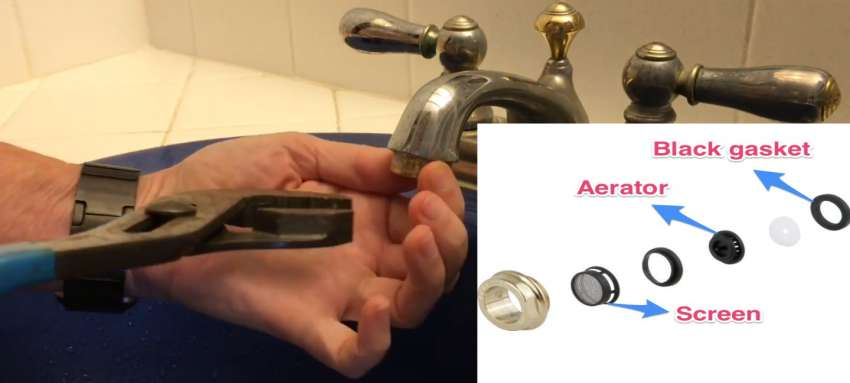 Low water pressure in your kitchen sink and dishwasher can be a major inconvenience for any homeowner.
Not only does it make it difficult to wash dishes and cook, but it can also affect the performance of your appliances and increase your water bill.
Understanding the causes and finding solutions for low water pressure is crucial for maintaining a functional and efficient kitchen.
Low water pressure in your kitchen sink and dishwasher can be a major inconvenience for any homeowner.
Not only does it make it difficult to wash dishes and cook, but it can also affect the performance of your appliances and increase your water bill.
Understanding the causes and finding solutions for low water pressure is crucial for maintaining a functional and efficient kitchen.
Common Causes of Low Water Pressure in the Kitchen
 There are several reasons why you may be experiencing low water pressure in your kitchen sink and dishwasher.
One of the most common causes is a clogged aerator or faucet.
This is often caused by mineral build-up or debris in the pipes. Another possible cause is a malfunctioning pressure regulator, which controls the water pressure in your home.
Old and corroded pipes can also contribute to low water pressure.
It is important to identify the root cause of the low water pressure in order to find the most effective solution.
There are several reasons why you may be experiencing low water pressure in your kitchen sink and dishwasher.
One of the most common causes is a clogged aerator or faucet.
This is often caused by mineral build-up or debris in the pipes. Another possible cause is a malfunctioning pressure regulator, which controls the water pressure in your home.
Old and corroded pipes can also contribute to low water pressure.
It is important to identify the root cause of the low water pressure in order to find the most effective solution.
Ways to Improve Water Pressure in Your Kitchen
 One of the easiest solutions for low water pressure is to clean or replace the aerator on your kitchen faucet.
This can be done by unscrewing the aerator and soaking it in a mixture of water and vinegar to remove any mineral build-up. If the problem persists, it may be necessary to replace the aerator altogether.
For issues with the pressure regulator, it is best to consult a professional plumber for a proper diagnosis and repair.
If your pipes are old and corroded, it may be necessary to replace them in order to improve water pressure.
One of the easiest solutions for low water pressure is to clean or replace the aerator on your kitchen faucet.
This can be done by unscrewing the aerator and soaking it in a mixture of water and vinegar to remove any mineral build-up. If the problem persists, it may be necessary to replace the aerator altogether.
For issues with the pressure regulator, it is best to consult a professional plumber for a proper diagnosis and repair.
If your pipes are old and corroded, it may be necessary to replace them in order to improve water pressure.
Preventing Low Water Pressure in the Future
 Regular maintenance is key to preventing low water pressure in your kitchen.
This includes regularly cleaning your faucet aerator, checking your pressure regulator, and keeping an eye on the condition of your pipes.
Investing in high-quality plumbing materials and appliances can also help prevent future issues with water pressure.
It is also important to be mindful of the amount of water being used in your kitchen, as excessive water usage can also contribute to low water pressure.
Regular maintenance is key to preventing low water pressure in your kitchen.
This includes regularly cleaning your faucet aerator, checking your pressure regulator, and keeping an eye on the condition of your pipes.
Investing in high-quality plumbing materials and appliances can also help prevent future issues with water pressure.
It is also important to be mindful of the amount of water being used in your kitchen, as excessive water usage can also contribute to low water pressure.
In Conclusion
 Low water pressure in your kitchen sink and dishwasher is a common problem that can be caused by a variety of factors.
By understanding the causes and implementing proper maintenance and repairs, you can improve water pressure in your kitchen and ensure the efficient and functional operation of your appliances.
Remember to regularly check and clean your aerator, monitor your pressure regulator, and invest in quality plumbing materials to prevent future issues.
If the problem persists, it is best to consult a professional plumber for assistance. With these tips and tricks, you can enjoy optimal water pressure in your kitchen and make your daily tasks a breeze.
Low water pressure in your kitchen sink and dishwasher is a common problem that can be caused by a variety of factors.
By understanding the causes and implementing proper maintenance and repairs, you can improve water pressure in your kitchen and ensure the efficient and functional operation of your appliances.
Remember to regularly check and clean your aerator, monitor your pressure regulator, and invest in quality plumbing materials to prevent future issues.
If the problem persists, it is best to consult a professional plumber for assistance. With these tips and tricks, you can enjoy optimal water pressure in your kitchen and make your daily tasks a breeze.

:max_bytes(150000):strip_icc()/ac7-56a73c5b3df78cf772938985.jpg)
:max_bytes(150000):strip_icc()/ac4-56a73c595f9b58b7d0e8182e.jpg)
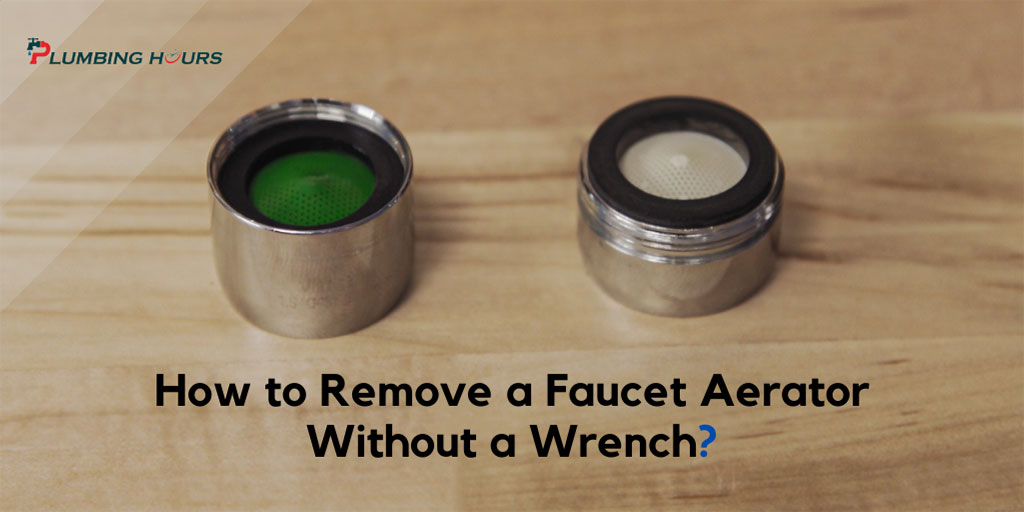

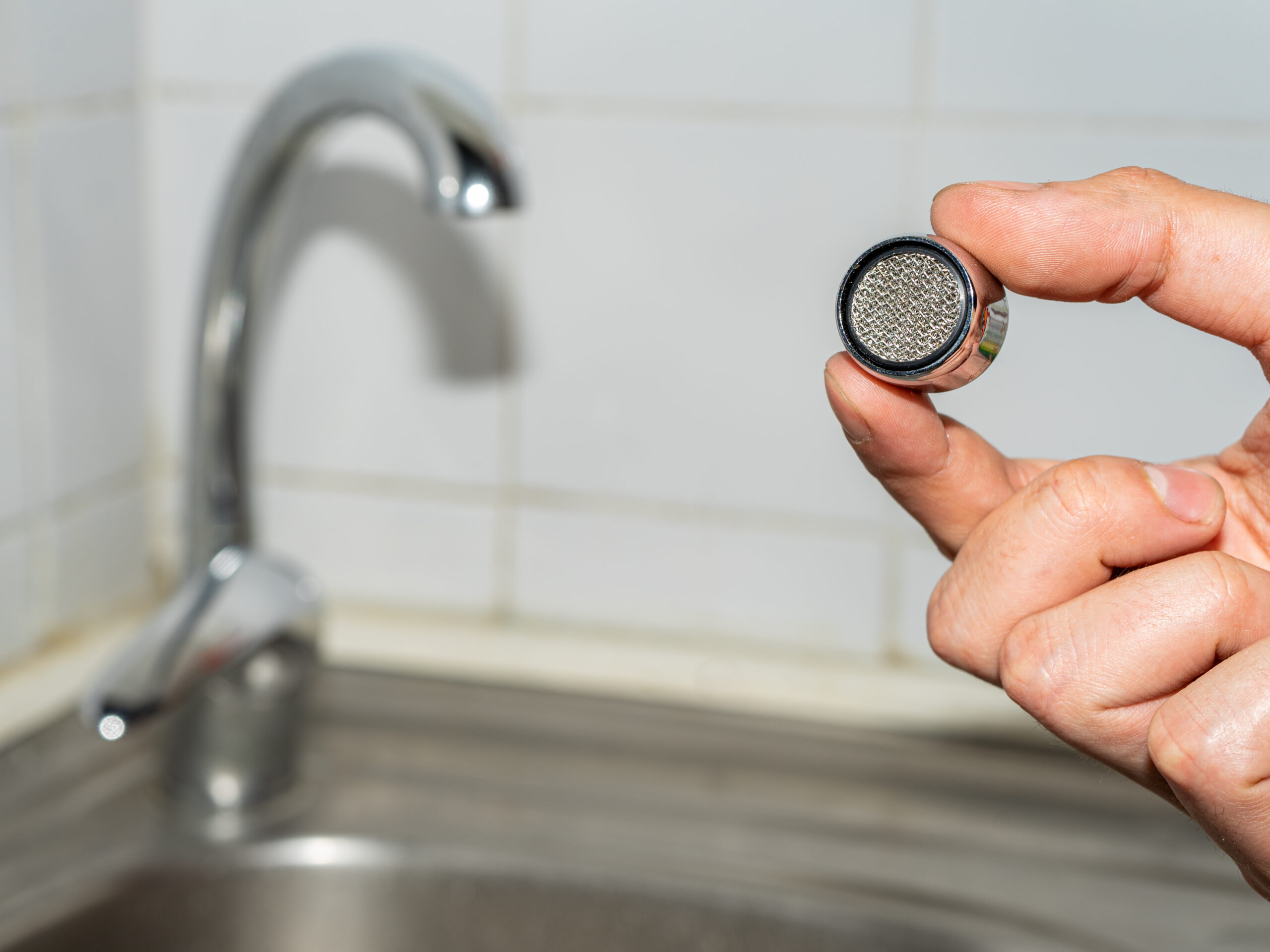
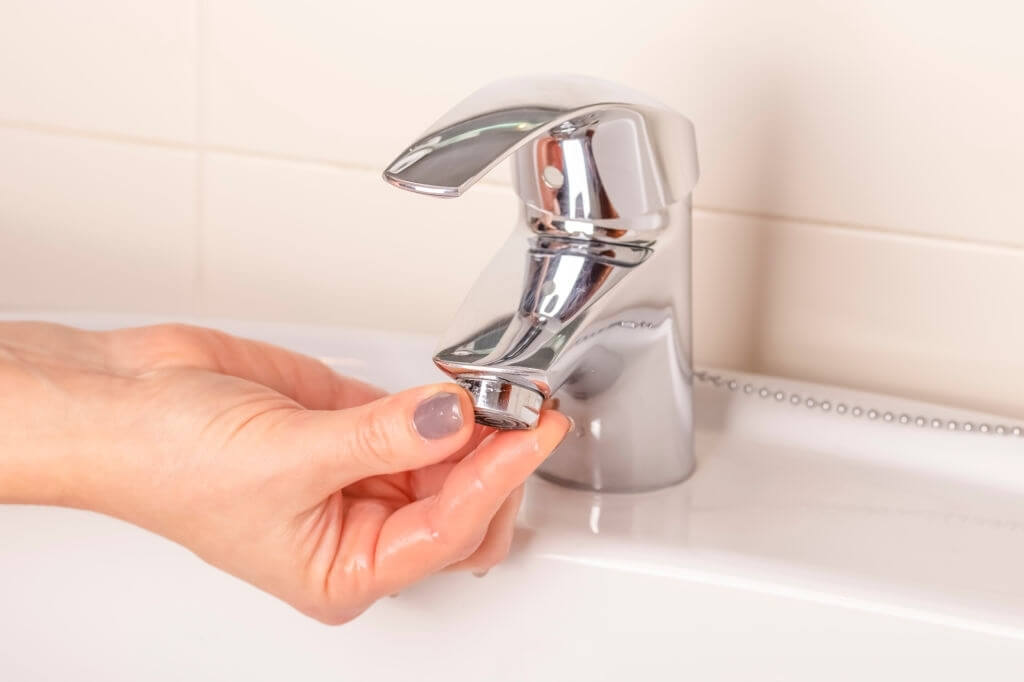


/fixing-a-tap-459986221-5afc675431283400371f7872.jpg)
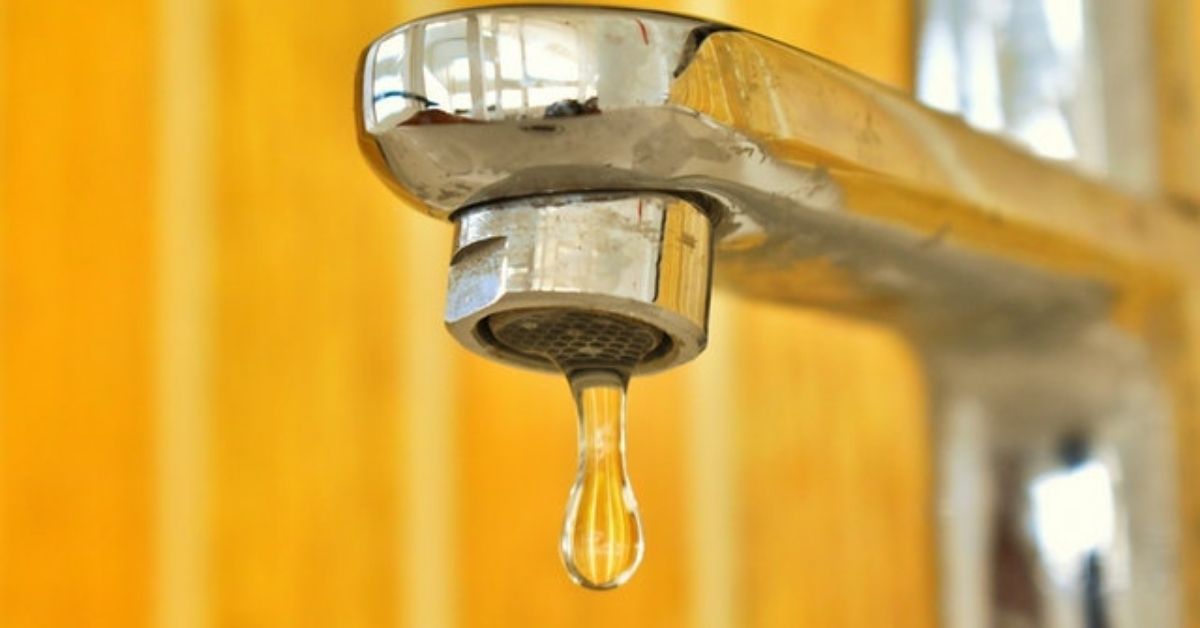
/cleaning-the-aerator-from-deposits--the-girl-hand-washes-a-dirty-limestone-aerator-with-water-1126244919-72868100964f42d5aa564a928371fea5.jpg)
/CompleteAerator-3e947443dd424faeb92a9c9c0a45d8dd.jpg)


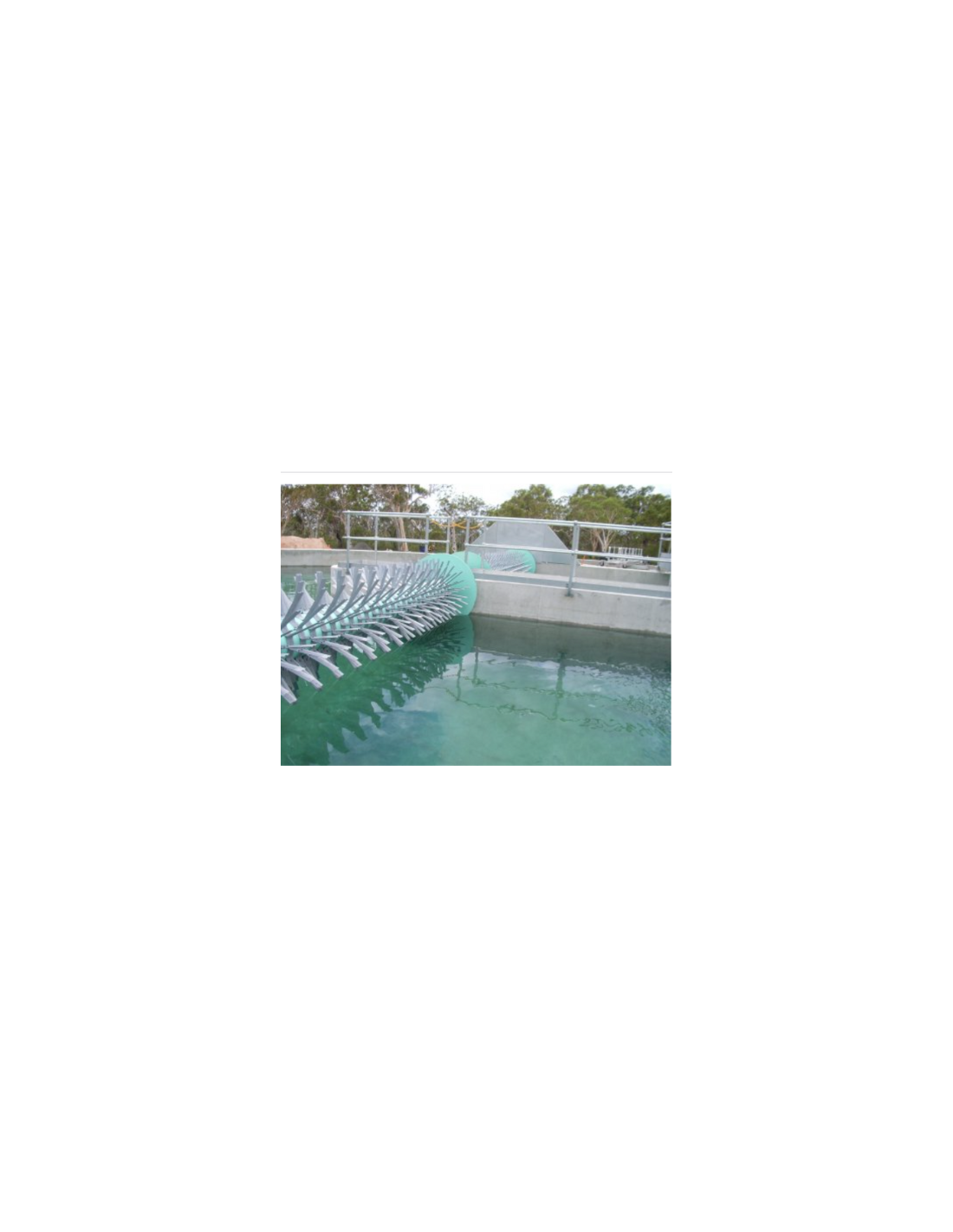




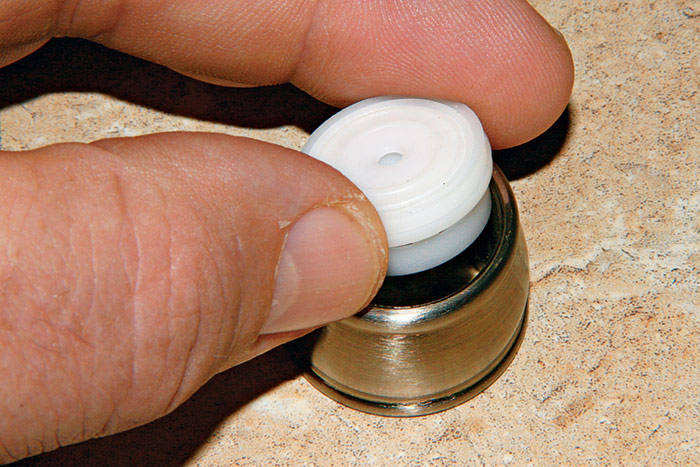
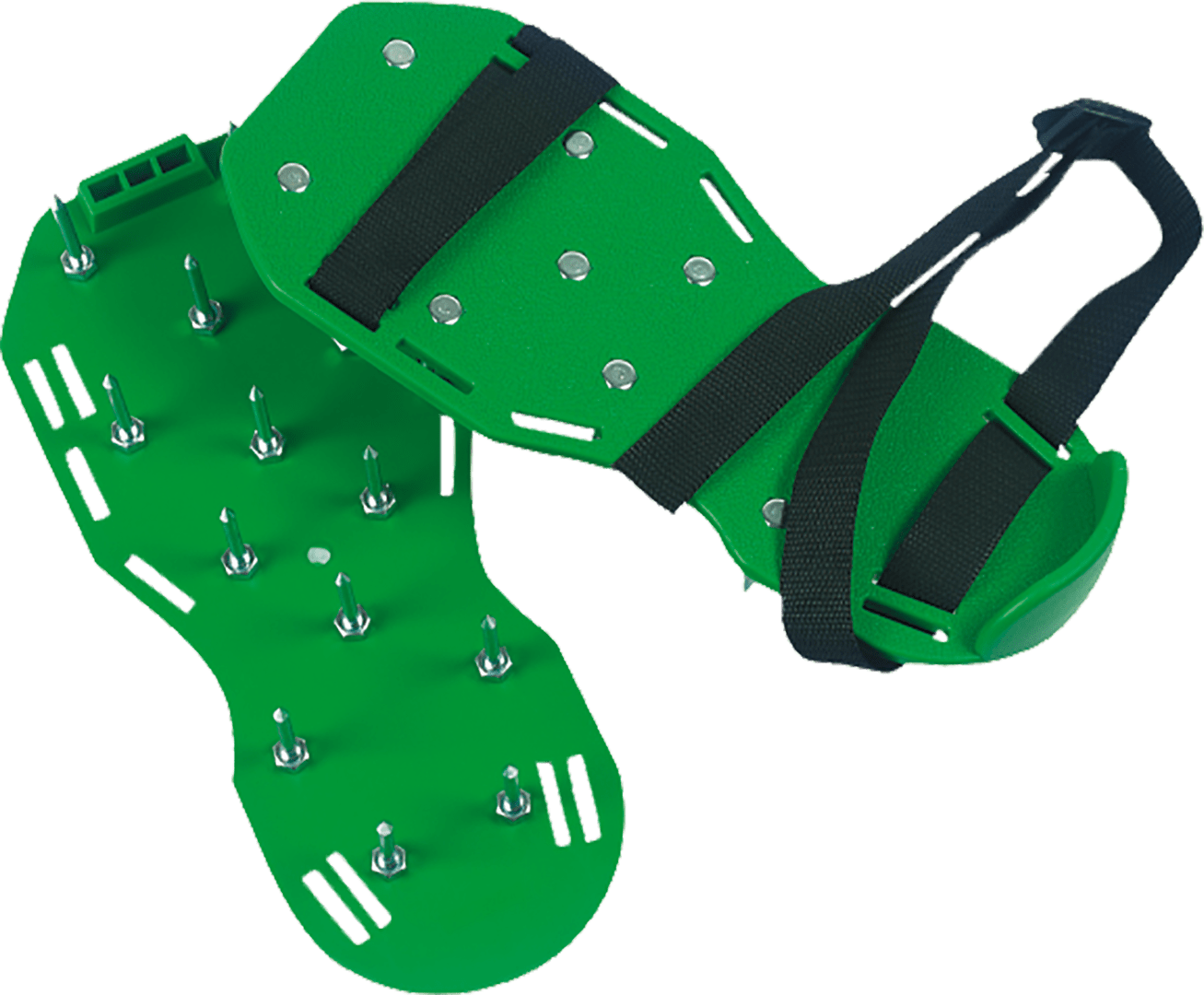
:max_bytes(150000):strip_icc()/clearing-a-blocked-faucet-aerator-2718807-07-b5a90554991f4bb69efb45a472df7f23.jpg)
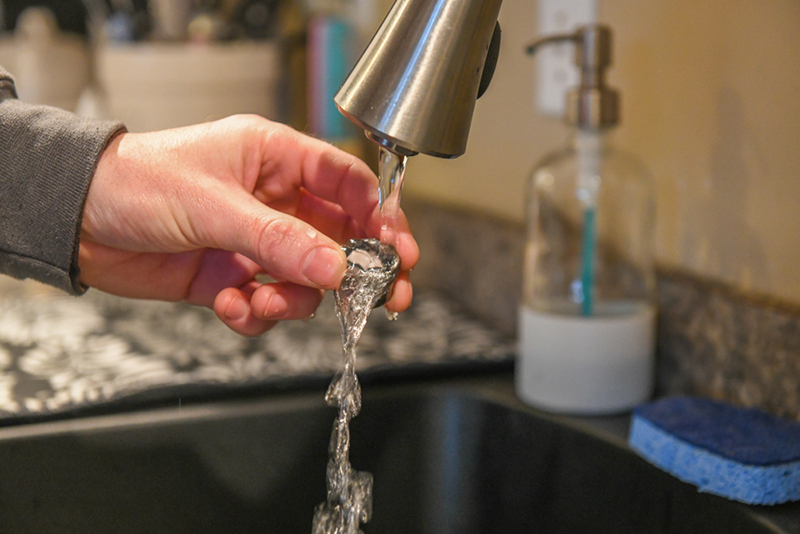

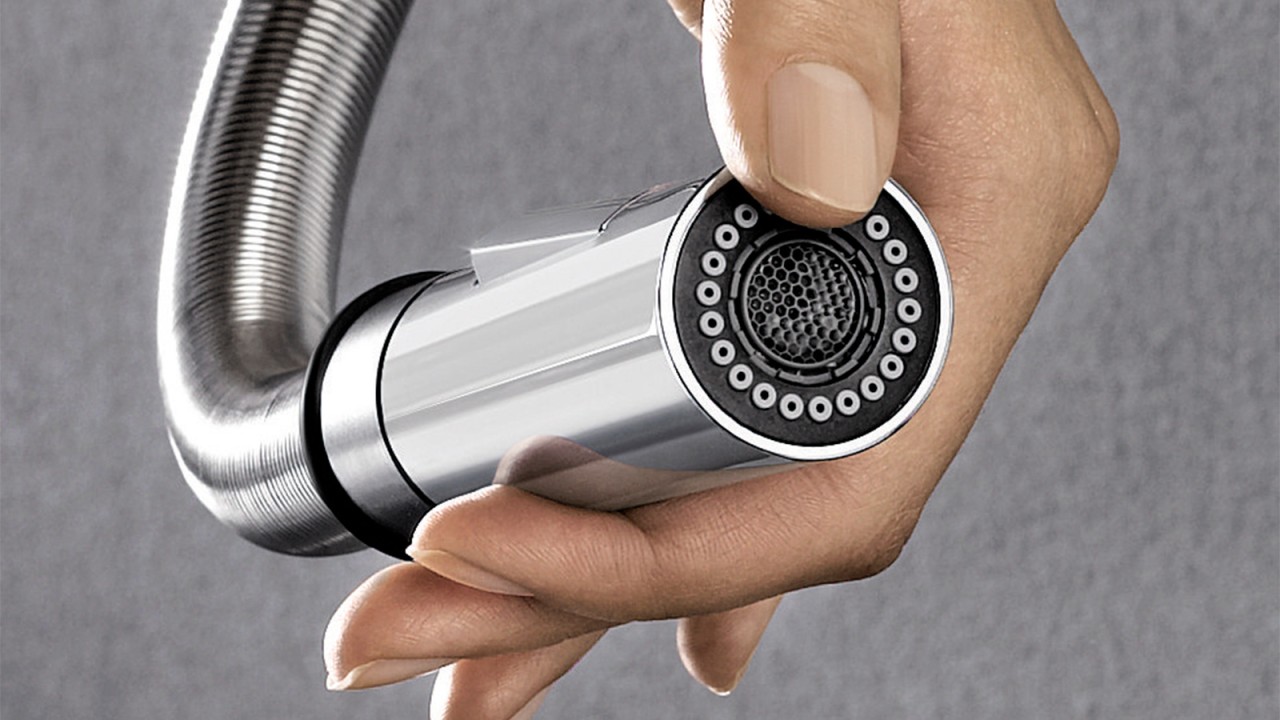
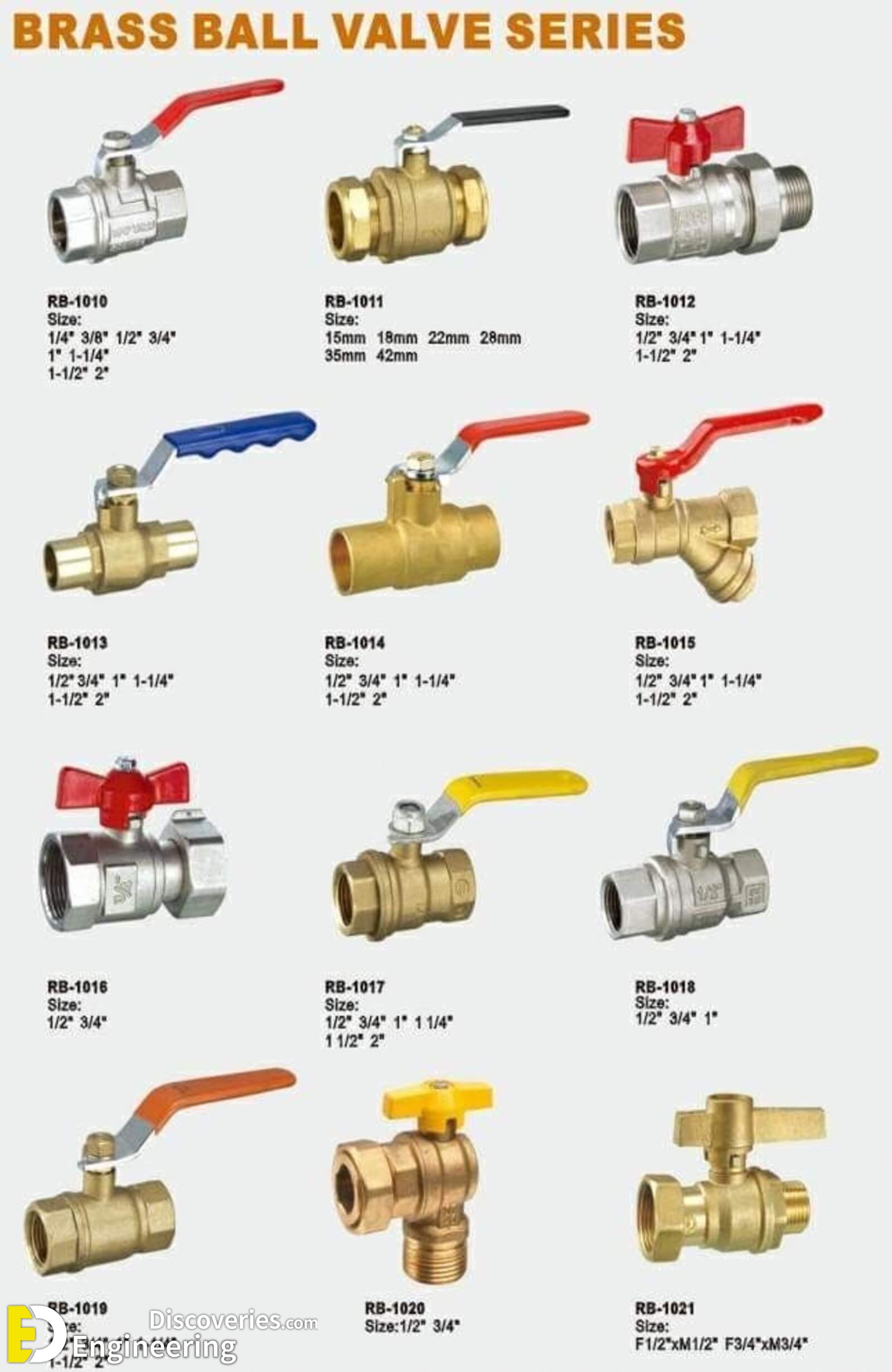



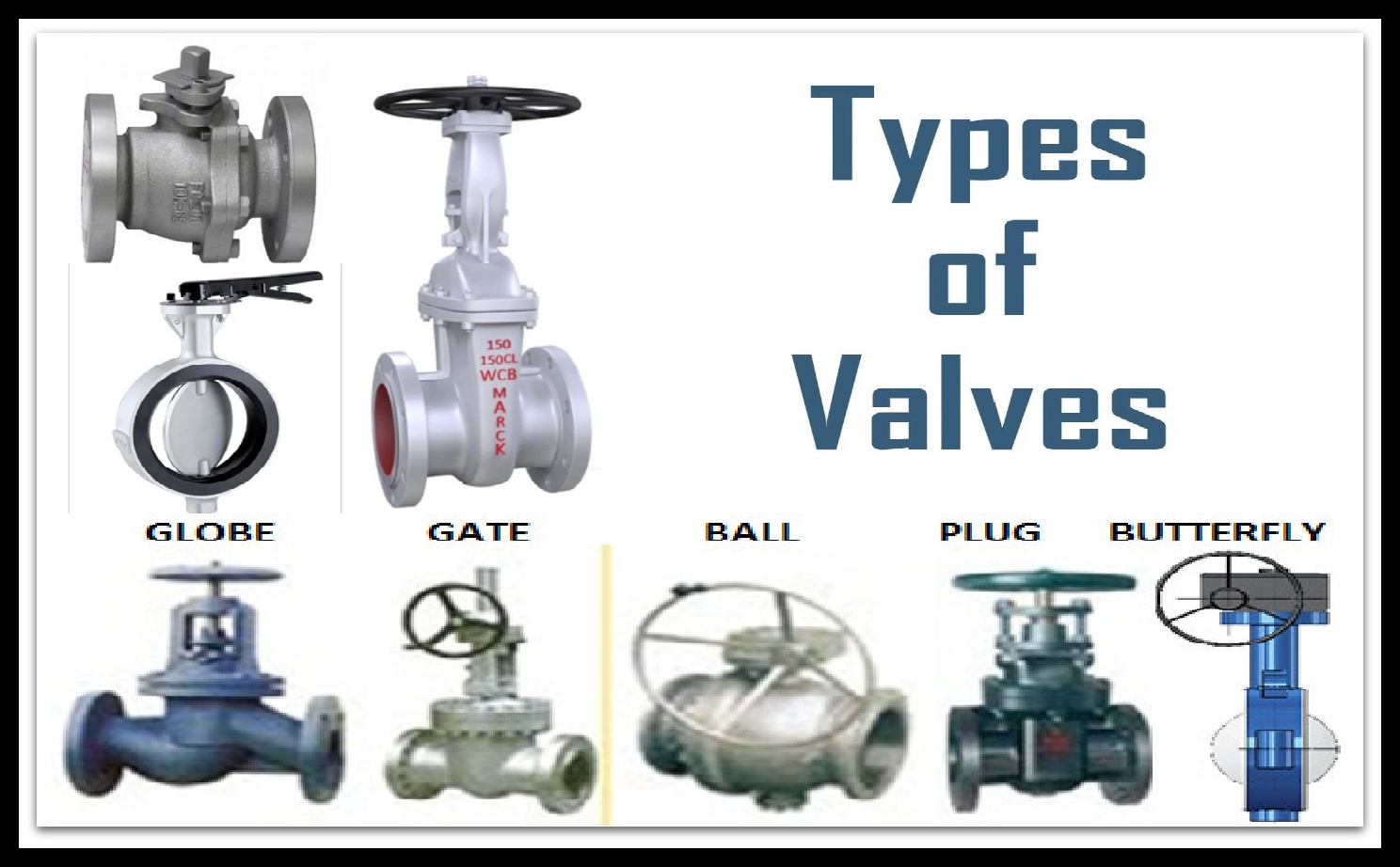




:max_bytes(150000):strip_icc()/GettyImages-106572292-3658474337224eda8721faead4f91390.jpg)
:max_bytes(150000):strip_icc()/GettyImages-1057621140-78ab2e946841421d9a7efeebe02935d2.jpg)

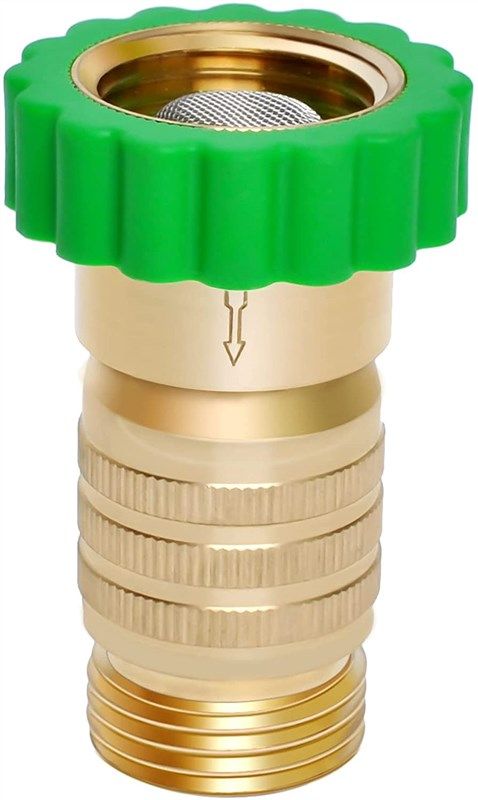


:max_bytes(150000):strip_icc()/the-men-s-hand-opens-the-ball-valve-on-the-collector-1006810456-5c5fc73fc9e77c000159c4af.jpg)
